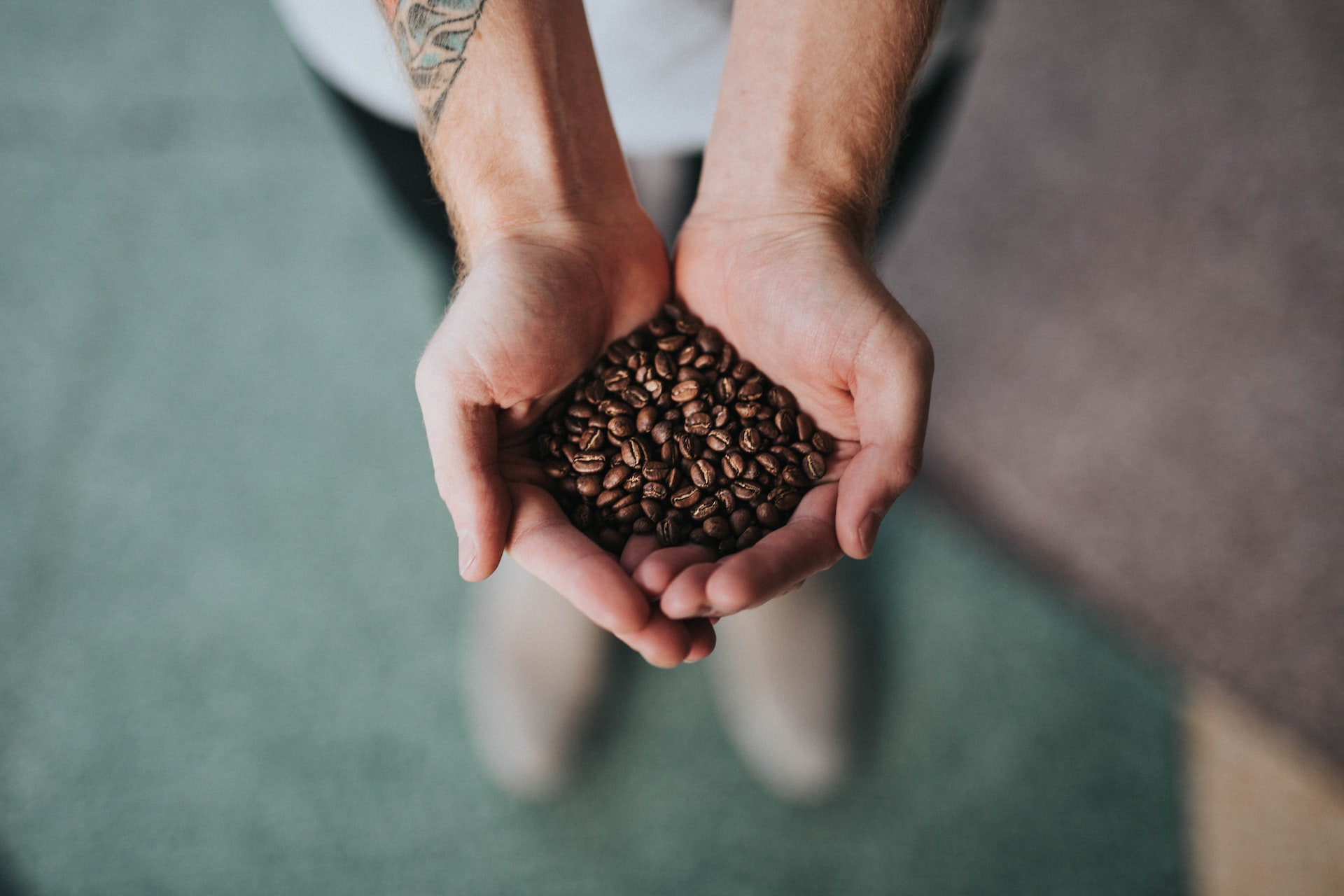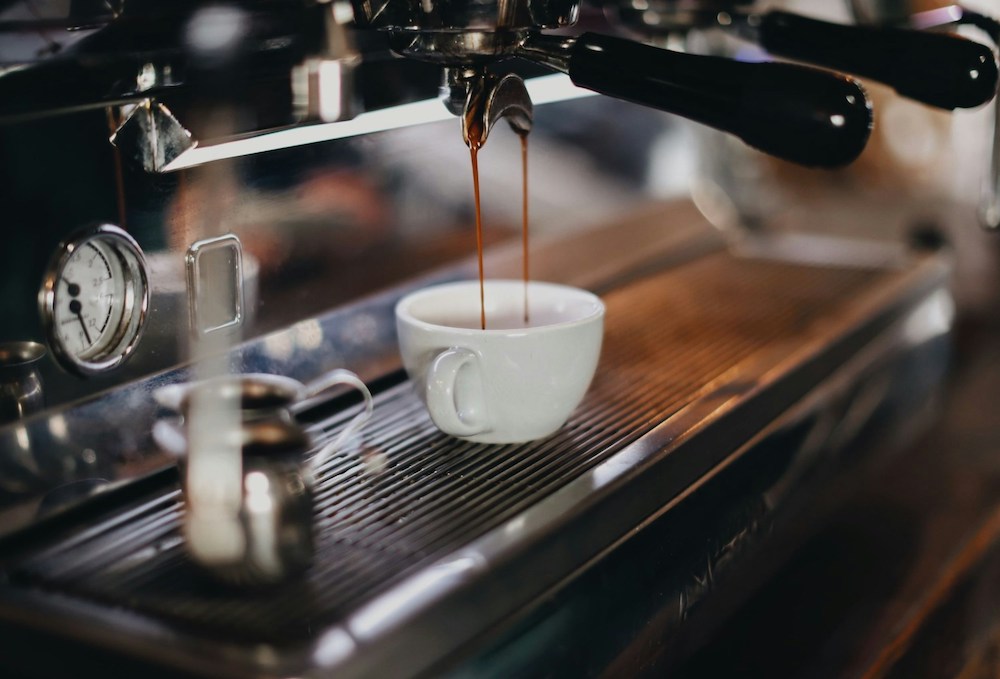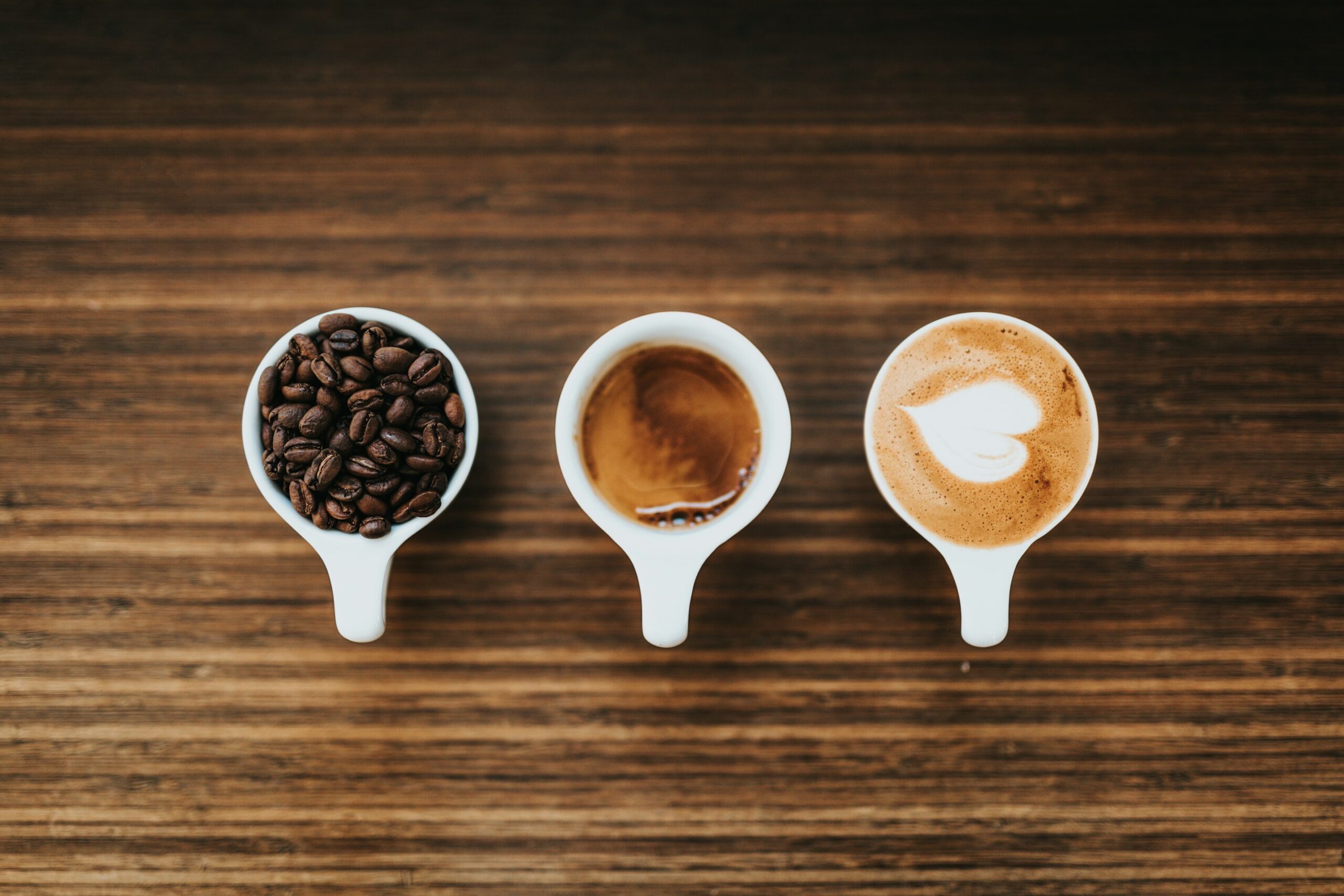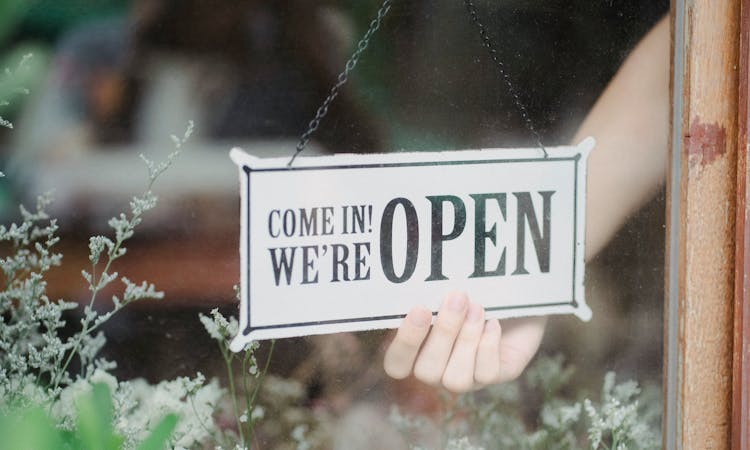As a sustainable UK coffee shop franchise, we at Esquires care about our planet and all who inhabit it.
We go to great lengths to ensure all of our products are Fairtrade and organic so you can be sure in the knowledge that you’re getting the best possible coffee from a sustainable source!
That’s why we’ve decided to share with you the journey of the humble coffee bean; all the way from remote mountain range to your mug.
If you love coffee and our planet as much as we do, why not check our blog for more information on sustainable living as well as all things coffee!
The Coffee Plant
In order to grow properly, coffee plants need the right conditions and climate. These conditions will vary depending on the coffee plant itself, but generally speaking, coffee plants need a tropical climate with lots of water and a lot of sunlight.
This means that the vast majority of coffee growing happens in areas along the Equator in what coffee experts refer to as the ??‘coffee bean belt’. Some of the world’s largest coffee-producing countries can be found in this area, including Brazil, Vietnam and Colombia.
Coffee growing is a slow process that requires a lot of patience. Once planted, some coffee seedlings won’t produce any cherries until they’re three to four years old.
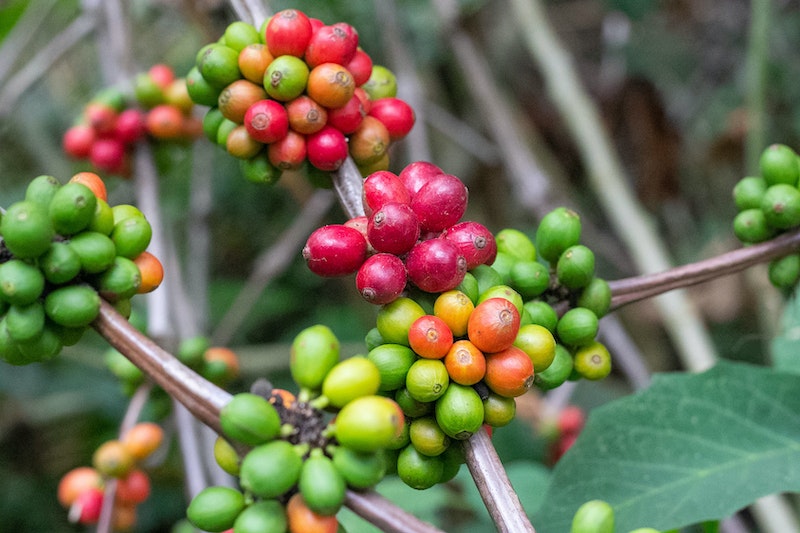
Harvesting the Coffee
Once the coffee plant has grown, it will begin to produce white flowers which will then fall off as the fruit begins to emerge. As they mature, coffee cherries will vary and change in size, shape and colour.
The time you harvest a coffee plant can affect the taste of the coffee just as much as the environment and soil the plant is grown in.
The best coffee cherries are harvested once they reach a lovely, ruby red colour. While this can be done by machine, harvesting coffee requires a gentle touch and as such is often done by hand. This is also because more coffee plants are grown in mountainous areas where altitudes can vary anywhere between 1800 and 6300, making it hard for vehicles to navigate.
Harvesting coffee is no easy feat and this labour-intensive task alone is responsible for approximately one-third of all manual labour required in coffee production. That’s why it’s so important to us that all farmers and workers involved in bringing our coffee to us are paid fairly and have optimum working conditions.
You can find out more about what it means to be Fairtrade in our blog.
Processing, Drying and Milling
Once the cherries have been harvested, it’s time to remove the all-important bean from inside. There are multiple ways to do this including by machine, but we’re going to talk about the more traditional method.
The cherries are spread out where they can get a lot of sun and are left to dry out. They are frequently mixed to avoid any spoiling and after a few days, the husks should have dried to reveal the bean inside.
Once this happens, the coffee beans need to be dried and milled to remove any remaining cherry flesh from the bean.
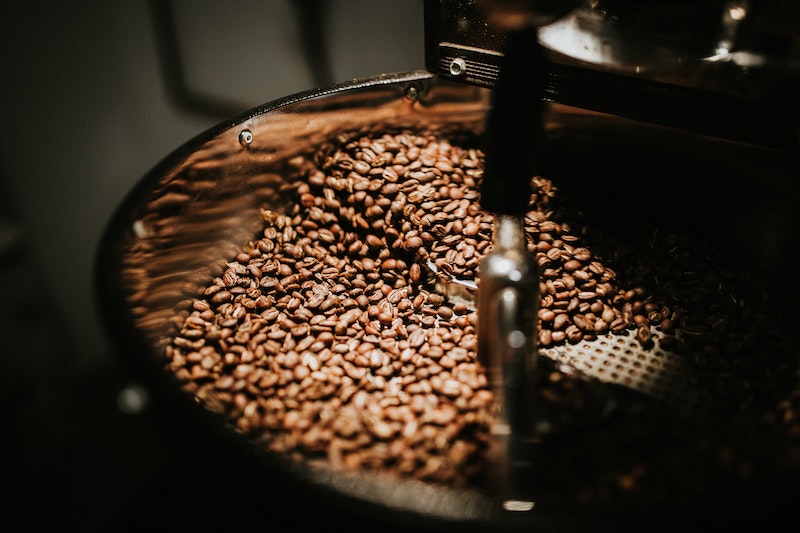
Further Steps
It is during the milling process that coffee makers can take a few optional steps, depending on their desired brew. From this point, beans can be aged between six months and three years to give the coffee a little extra oomph or smokiness.
This is also the optimum time for the coffee to be decaffeinated to allow customers to still enjoy a good old cup of Joe without the effects of caffeine.
Exporting
Once they’ve gone through the previous steps, the still green beans will be further tested for quality and sorted depending on their grade before they can be exported across the world.
There are five main coffee grades:
- Grade 1 - Speciality coffee with no apparent defects such as insect damage.
- Grade 2 - Premium coffee beans that meet all the requirements of Grade 1 and have no more than six full defective qualities.
- Grade 3 - Exchange coffee beans that have to be 50 per cent above the screening level and also have a maximum of five Quakers (this is what gives the coffee its bitterness).
- Grade 4 - This is the most standard coffee bean and can have anywhere between 24 to 84 defects.
- Grade 5 - Assigned to any batch of beans that have more than 84 defects.
This grading system will impact the price of the coffee beans and in turn, where they end up.
Tasting
Tasting - also referred to as ‘cupping’ - is a step in the coffee process that requires a small batch of the coffee beans received to be roasted in a mini roaster and then brewed in order to test the bean’s flavour.
This is done by highly qualified individuals who will assess the taste of the brewed coffee. These individuals, also known as ‘Cuppers’ will assess the bean with regards to:
- Flavour
- Body
- Aroma
- Aftertaste
- Sweetness
- Acidity
This is also the stage when the buyers get involved. They’ll taste the brewed coffee and decide if the quality and flavour are in keeping with their brand standards.

Roasting
Assuming the standards of the supply company or brand have been met, it’s then time to roast the rest of the coffee beans. This is done at 550° F and the beans are kept constantly moving to avoid them burning.
Much like with grading, there’s also a scale for roasting beans which is typically as follows:
- Light roast
- Medium roast
- Medium dark roast
- Dark roast
Once they’ve been roasted to the required standard, the beans will be packaged to ensure maximum freshness. Depending on the consumer, beans can be sent already ground and packaged or just sent as whole beans to be ground by the consumer to keep the roast as fresh as possible.
Brewing the Coffee
And now, the moment you’ve all been waiting for.
Once the beans have arrived they’re ready to be brewed either by you or your chosen coffee shop to give you the coffee drinking experience you know and love.
From a remote mountain range near the equator, all the way to your mug, the humble coffee bean goes on quite a journey before it can be enjoyed. If you’re as fascinated by coffee as we are, then why not embark on a coffee journey of your own with franchising opportunities at Esquires?
